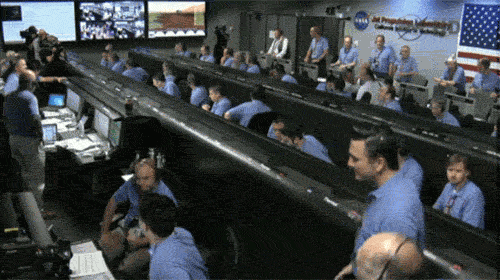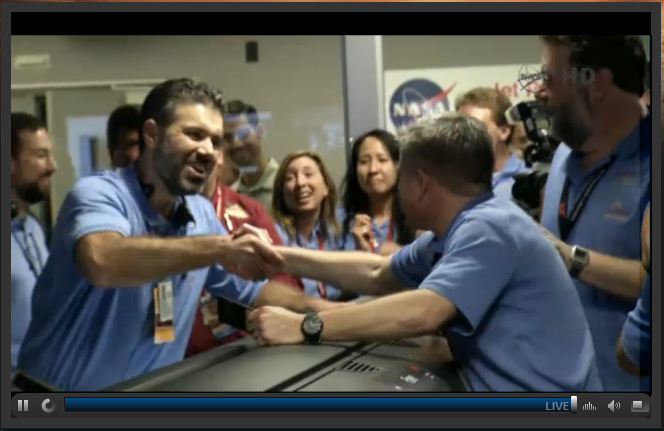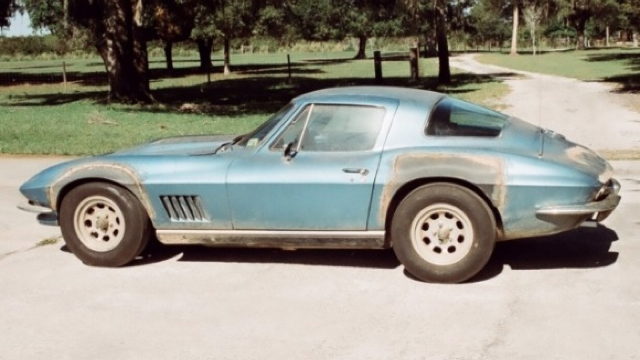Mixing NASA and Leonard Nimoy is always a recipe for success. Adding ion propulsion engines just makes it that much cooler. (via)
Tag Archives: NASA
International Space Station Captures Dragon Capsule

Early this morning, the crew of the International Space Station reached out with its robotic arm and captured SpaceX’s Dragon module. The capture and eventual docking marks the first privately driven cargo delivery to the space station, something that could change the landscape of manned spaceflight.
The ramifications are potentially huge. If SpaceX can make these deliveries reliably, it frees NASA’s budget and brainpower to focus on other projects. Perhaps a high-capacity launch vehicle to send something like the Orion capsule beyond Low Earth Orbit? Of course, SpaceX still has some hurdles to clear in order to become that reliable. First and foremost, it’s got to figure out why one of its Falcon 9 engines failed during Sunday’s launch. Still, this is huge for SpaceX and for NASA. Further progress can get NASA out of the cargo and crew shuttling business and into more Final Frontier kind of exploration.
Neil Armstrong Dies at 82
Neil Armstrong, commander of Apollo 11 and the first man to set foot on the moon, passed away yesterday at 82.
“As long as there are history books, Neil Armstrong will be included in them,” said Charles Bolden. “As we enter this next era of space exploration, we do so standing on the shoulders of Neil Armstrong. We mourn the passing of a friend, fellow astronaut and true American hero.”
Touchdown! Curiosity is Wheels Down on Mars!

There’s a few dozen celebrating mission control members at JPL right now as Curiosity, the newest and biggest rover from NASA, has safely gone wheels-down on Mars. The absolutely crazy, insane landing procedure looked like something out of a Michael Bay film, but the engineers at JPL and NASA have pulled it off.
Curiosity is the most advance rover to set wheels on Mars. It’s intricate and complex science equipment will hopefully be able to give us a glimpse as to the history of water on the Red Planet and whether or not it was ever capable of supporting life and, more importantly, whether life has ever been there. Here’s one of Curiosity’s first images from Gale Crater.

To celebrate the occasion, Curiosity quoted the philosopher Wheaton
I’m safely on the surface of Mars. GALE CRATER I AM IN YOU!!!
#MSL— Curiosity Rover (@MarsCuriosity) August 6, 2012
Space. It’s frakking awesome.
A Giant Leap For Mankind 43 Years Ago Today
I always get chills when watching this video. It may not have been readily apparent to those watching at the time, but Apollo 11 nearly had to abort the landing attempt on three occasions. The first two were caused by program alarms when the computer’s processor became overloaded. The third happened as the navigation system directed the lander towards a boulder-filled crater, forcing commander Neil Armstrong to prolong the landing attempt and find a safe landing zone. When you hear “sixty seconds,” it’s CAPCOM Charlie Duke alerting the entire world that if they don’t touch down in a minute, the abort sequence will initialize.
But they landed, thanks to the teamwork at mission control, the watchful eye of Michael Collins, the guidance of Buzz Aldrin, and the cool of Neil Armstrong. On July 20, 1969 with seventeen seconds of fuel remaining, humankind set foot on the Moon.
International Space Station Catches A Dragon By The Tail
And we’ve got a little bit of space history made today.
The Dragon Module, a crew and cargo capsule designed by Elon Musk’s SpaceX program, has just docked with the International Space Station. This is the first docking the multinational station and a private space vehicle, marking a huge step forward for low-Earth orbit space travel.
Falcon 9 and Dragon Module Lift Off
At 3:44 AM EDT Elon Musk and SpaceX’s Falcon 9 finally blasted off the launchpad today and began what may be a new era in spaceflight. For the SpaceX team, it had been a long and bumpy road to get to this point. Several setbacks pushed the launch date deep into May. At the last possible moment on a launch attempt last Saturday morning, the sequence was aborted when a pressure discrepancy was spotted by the computer in the number five Merlin 1C engine.
Today, however, things went off without a hitch.
After the launch and separation, NASA and the SpaceX crew watched as the Dragon supply and crew module successfully separated from the Falcon 9 rocket and deployed its solar array, another enormous milestone for the program.
Today kicks off a roughly two-week mission for the Dragon module that, if all goes well, will lead to the first docking between the International Space Station and a private space vessel. In the macro view, a successful Falcon 9 and Dragon program means that NASA has a much more affordable crew and cargo transport vehicle that frees them from dependency on the Russian Soyuz. Success could even mean that NASA has the freedom to work on something even greater, perhaps a heavy launch vehicle that can deliver crew and cargo beyond low Earth orbit.
SpaceX Set For Saturday Launch
Apart from a love of all things science fiction and geek culture, the staff here at Tosche Station has one thing in common: we’re all space junkies.
Tomorrow morning, Elon Musk and his SpaceX private company are prepared to launch the Dragon capsule aboard the Falcon 9 launch vehicle. io9 has prepared a day-by-day breakdown of the mission. Should everything proceed as planned, the unmanned Dragon capsule will embark on an two-week mission that will include a stop at the International Space Station for a supply dropoff.

Elon Musk and the Falcon 9 Merlin-1C engines
The launch will be only the third flight of the Falcon 9 launch vehicle, a craft NASA is pinning a great deal of hopes on. If the vehicle proves to be a capable cargo and crew launcher, it will free up NASA to focus their efforts perhaps on a heavy launch vehicle that can deliver payload beyond the confines of low-Earth orbit.
A successful mission will be an extraordinary boon for the space agency. If NASA can get out of the business of being a space taxi to the International Space Station, they might be able to do something interesting with their criminally underfunded budget.
This is a bit too awesome and someone needs to give me a pile of money to make this a thing
Everything is Better in High Speed: Shuttle Launches
I have a theory. Everything in life is better when filmed at 1000+ frames per second. To prove this point, let’s start with something that’s already awesome: a shuttle launch.


